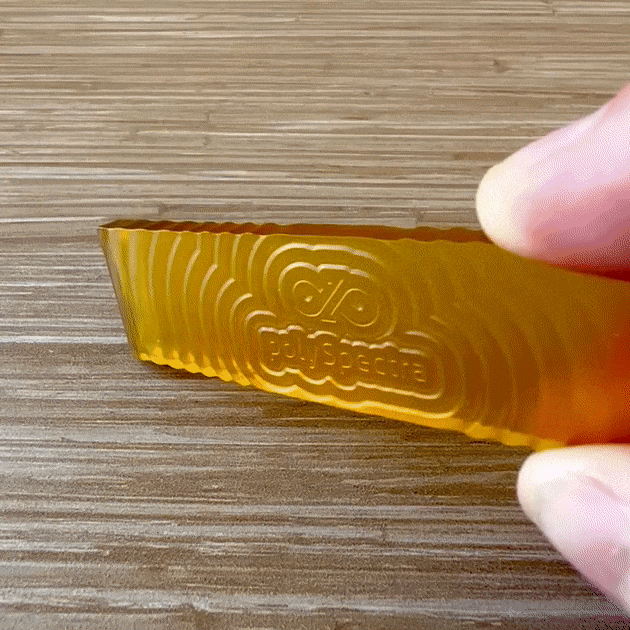Weathering in Photopolymer Resin 3D Printing, Stereolithography, Vat Photopolymerization, and Polymer Additive Manufacturing
Weathering is a critical aspect of materials science, especially in the context of photopolymer resin 3D printing, stereolithography (SLA), vat photopolymerization, and polymer additive manufacturing. It refers to the various processes by which materials are degraded by environmental factors such as sunlight, temperature, moisture, and chemicals. Understanding weathering is essential for ensuring the longevity and performance of 3D printed parts, particularly those intended for outdoor or harsh environments.
The following bibliography provides a selection of sources that can contribute valuable insights into the importance of weathering in the context of photopolymer resin 3D printing and related technologies. Each source is analyzed for its relevance, reliability, and significance.
Nature Article on Stereolithography System
- URL: Nature Article on Stereolithography
- Relevance: This scientific article describes a custom-built stereolithography system and discusses the parameters that affect the fabrication process. It touches on the issue of print-through, which can be exacerbated by weathering effects.
- Reliability: Published in a peer-reviewed journal, this article is a highly reliable source of scientific information. The data and methodologies are scrutinized by experts in the field.
- Significance: The article is significant for understanding the technical aspects of SLA and how the printing process itself may introduce weaknesses that could be exploited by weathering. It provides a foundation for further research into improving weather resistance in SLA-printed parts.
Frontiers in Public Health Study on 3D Printing Emissions
- URL: Frontiers in Public Health Study
- Relevance: This study examines particulate matter emissions from 3D printing activities, which is indirectly related to weathering as it discusses the degradation of materials and potential health risks.
- Reliability: The study is published in a reputable, peer-reviewed journal, ensuring the reliability of the findings. The research methods and data are transparent and available for scrutiny.
- Significance: While not directly addressing weathering, the study is significant for understanding the potential degradation of materials during the printing process, which could affect their weathering behavior.
ScienceDirect Article on Vat Photopolymerization
- URL: ScienceDirect Article on Vat Photopolymerization
- Relevance: This article discusses the 3D printing of polymers with controlled material properties, including the use of vat photopolymerization. It addresses the challenges of multi-material printing and the effects of weathering on material interfaces.
- Reliability: ScienceDirect is a leading platform for peer-reviewed literature, making this source reliable for academic and professional research.
- Significance: The article is significant for its focus on the mechanical robustness and self-healing properties of materials, which are crucial for weathering resistance. It provides insights into the development of materials that can withstand environmental degradation.
NCBI Article on Photopolymerization in 3D Printing
- URL: NCBI Article on Photopolymerization
- Relevance: This article serves as a review of vat photopolymerization printing technology, discussing its applications and the evolution of high-performance resins, including those with biocompatibility and bioink.
- Reliability: The National Center for Biotechnology Information (NCBI) is a highly respected institution, and the article is part of a peer-reviewed journal, making it a reliable source.
- Significance: The review is significant for its comprehensive overview of photopolymerization technologies and materials, which can inform research into weathering-resistant materials for 3D printing.
ScienceDirect Review on Photopolymerization Additive Manufacturing
- URL: ScienceDirect Review on Photopolymerization
- Relevance: This review paper provides an in-depth look at vat photopolymerization-based additive manufacturing technologies, discussing printing speed, geometry precision, and material versatility.
- Reliability: As a peer-reviewed source, this review offers a high level of reliability and is authored by experts in the field.
- Significance: The paper is significant for its discussion on the mechanical properties of printed parts, which are directly related to their performance under weathering conditions.
Springer Article on Vat Photopolymerization 3D Printing
- URL: Springer Article on Vat Photopolymerization
- Relevance: This article explores the links between resin materials and the final mechanical properties of 3D printed objects, including the effects of photoinitiators and defects.
- Reliability: Published by Springer, a reputable publisher in scientific literature, the article is reliable and peer-reviewed.
- Significance: The article is significant for its focus on the mechanical and thermomechanical analysis of printed parts, which is essential for understanding how these parts will behave when exposed to weathering.
Conclusion
The sources provided offer a comprehensive view of the current state of photopolymer resin 3D printing, stereolithography, vat photopolymerization, and polymer additive manufacturing, with a focus on the mechanical properties and durability of printed parts. While not all sources directly address weathering, they collectively contribute to a deeper understanding of the factors that influence the weather resistance of 3D printed materials. Researchers and professionals in the field can use these sources to inform their studies on improving the weathering performance of photopolymer resins and related technologies.
